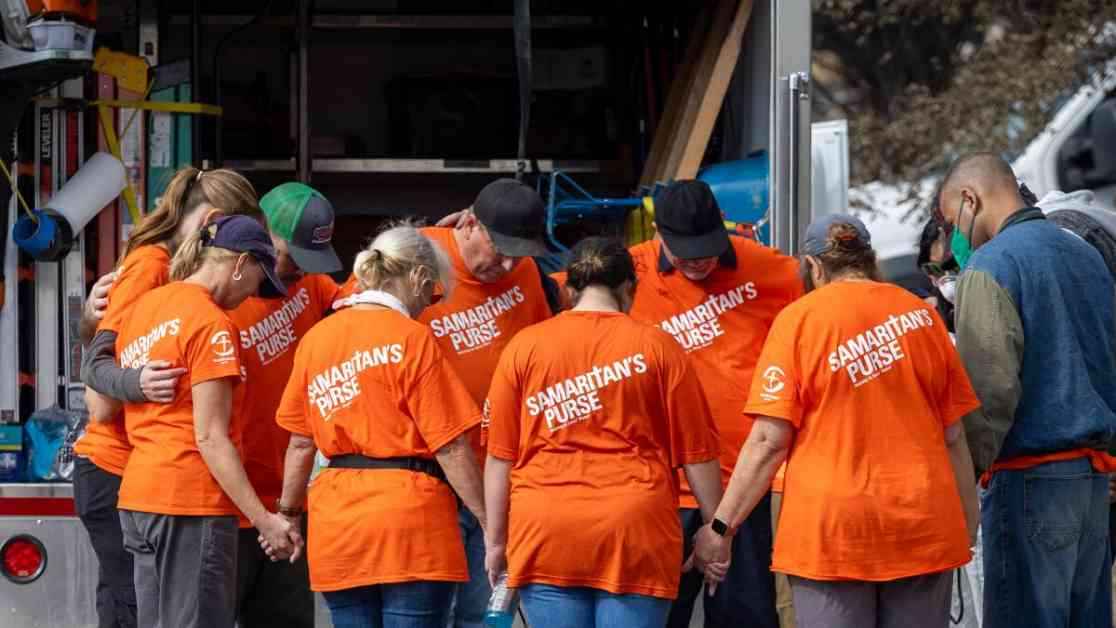The devastating wildfires that swept through Los Angeles prompted an unprecedented outpouring of support from individuals and corporations worldwide, setting a new benchmark for philanthropic giving. With over $650 million raised and pledged in the past month, this fundraising effort has surpassed previous records for wildfire relief and even exceeded donations for recent natural disasters, underscoring the magnitude of the crisis and the generosity of donors.
Unprecedented Generosity in the Face of Disaster
The scale of destruction in the Palisades and Altadena areas, coupled with the global connection to L.A. and Hollywood, spurred a wave of charitable contributions. From established nonprofits like the United Way and Habitat for Humanity to grassroots campaigns on platforms like GoFundMe, a diverse array of organizations mobilized to support those affected by the fires. The star-studded FireAid benefit concert, featuring performances by artists like Billie Eilish and Stevie Wonder, raised over $125 million, showcasing the unity and solidarity in times of need.
Direct Relief for Immediate Needs
The swift mobilization of resources translated into tangible assistance for evacuees and fire-affected communities. Online fundraisers on GoFundMe channeled more than $200 million to families and individuals grappling with the loss of homes and livelihoods. Nonprofits like Change Reaction distributed millions of dollars in direct assistance, providing grants to over 2,300 people, with a focus on vulnerable populations like the elderly. The L.A. Regional Food Bank, which collected $5 million, expanded its operations to meet the increased demand, ensuring that essential supplies reach those in need.
As the dust settles on the initial relief efforts, attention is turning towards the long-term recovery and rebuilding process. Nonprofit leaders are strategizing on how to transition from immediate aid to sustainable support, drawing on lessons learned from past disasters. Jennifer Gray Thompson, founder of After the Fire USA, emphasized the importance of long-term planning, urging foundations to commit to funding recovery efforts for up to seven years. By adopting a marathon approach to recovery, philanthropic organizations can ensure lasting impact beyond the immediate crisis.
The road to recovery will be paved with various challenges, including navigating federal aid, insurance settlements, and legal complexities. Collaborative efforts among philanthropic entities, local foundations, and new initiatives spearheaded by community leaders will be crucial in maximizing resources and avoiding duplication. Mental health services, job training programs, and support for marginalized populations are emerging as key priorities in the post-disaster landscape, highlighting the need for equitable distribution of charitable funds to those most in need.
As the journey towards rebuilding unfolds, the resilience and compassion of communities impacted by the wildfires will continue to shape the recovery process. By harnessing the collective goodwill and resources at their disposal, philanthropic organizations can play a vital role in laying the foundation for a brighter future for all those affected by the fires. Stay tuned for updates on the ongoing recovery efforts and the impact of charitable contributions in rebuilding lives and communities.


